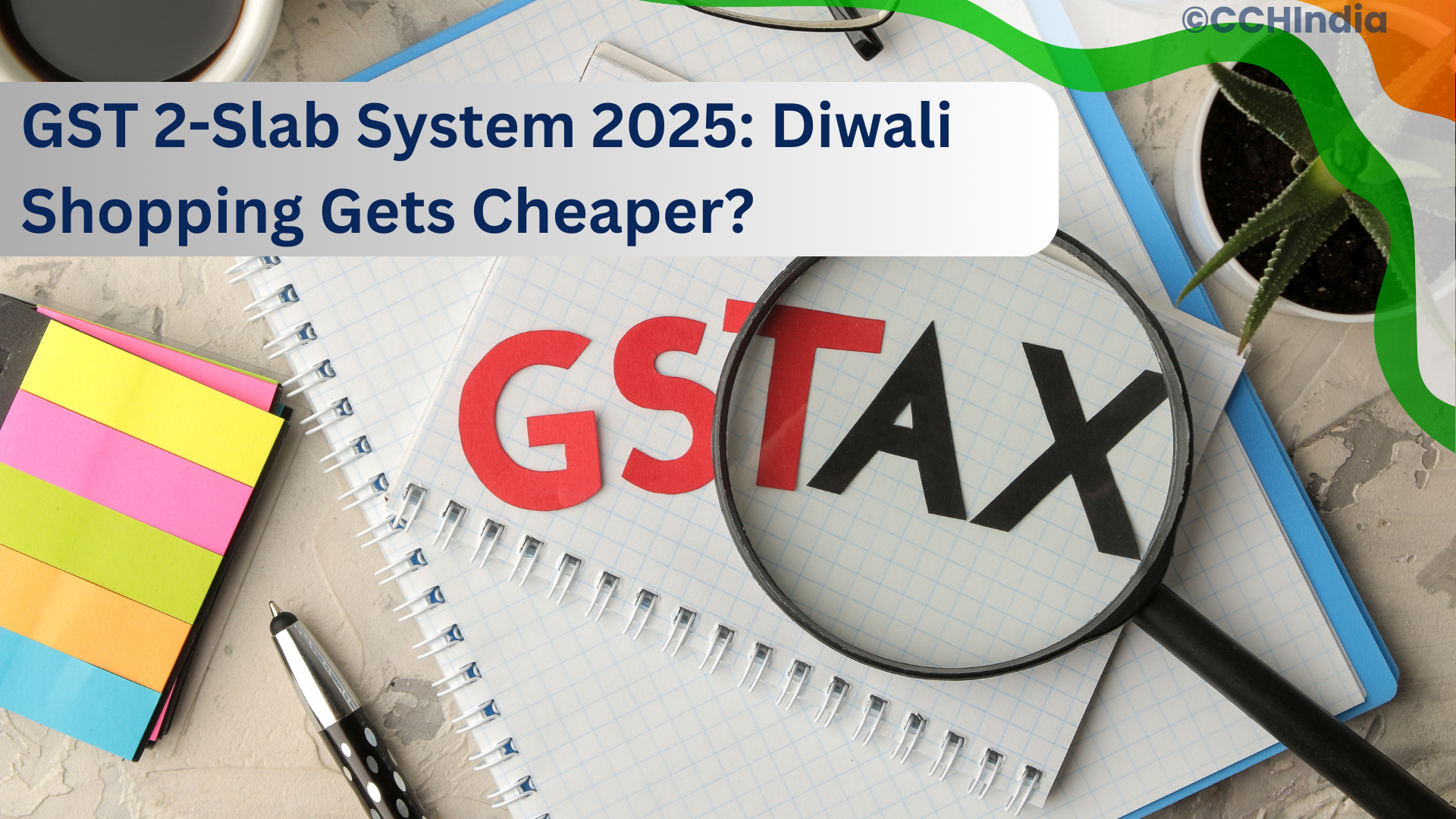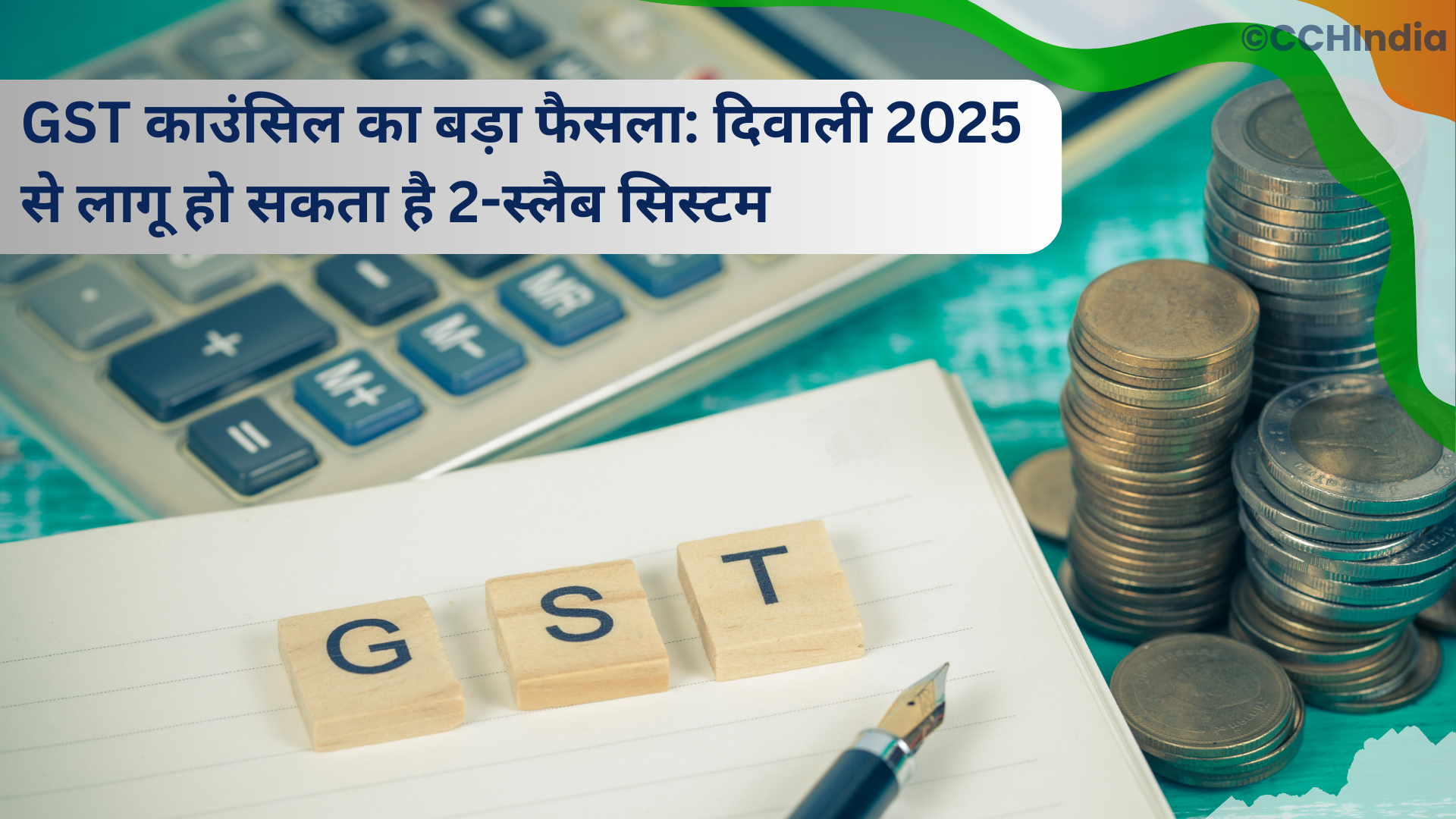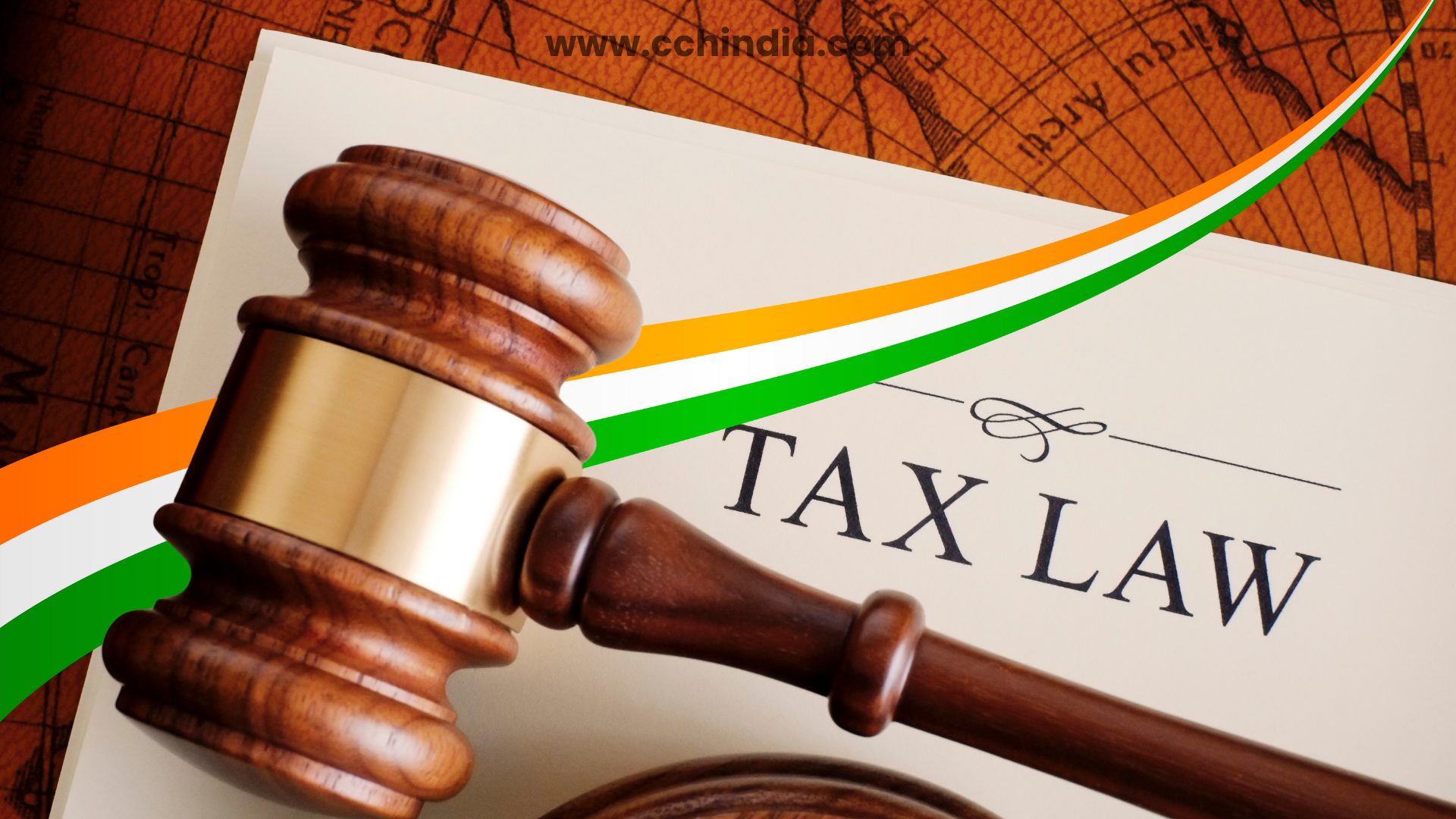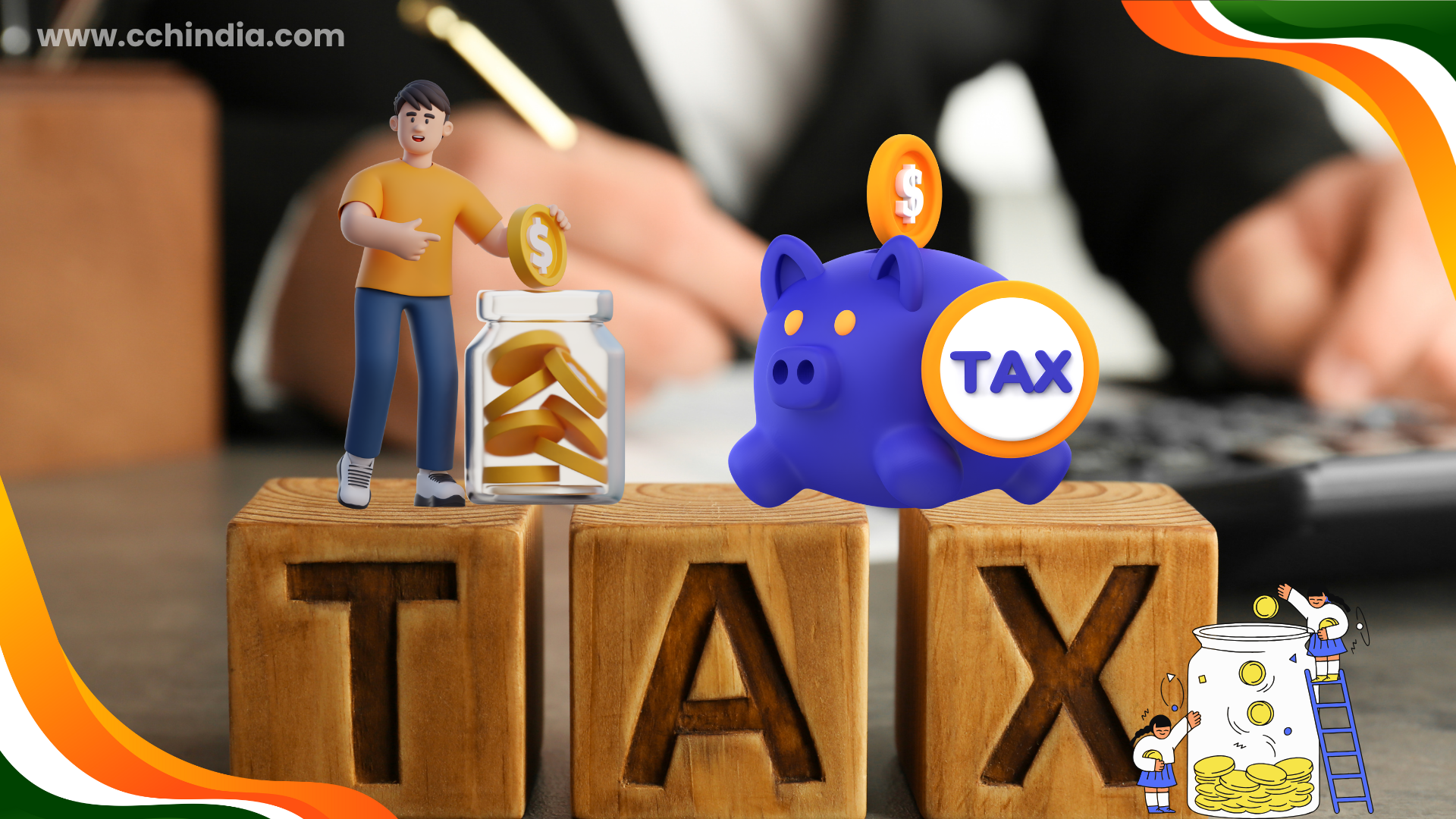The Big Announcement Everyone’s Talking About
Festive seasons in India always bring excitement, but this year, the buzz is not just about shopping or lights—it’s about GST reform. The government has hinted that by Diwali 2025, India could move from the current four-slab structure (5%, 12%, 18%, 28%) to a simplified two-slab system.
If approved, most goods and services will fall into just two brackets:
- 5% – for essentials and common-use products.
- 18% – for general and standard items.
- Plus, a special 40% rate for luxury and “sin” goods like tobacco and alcohol.
This change, if rolled out, would be one of the biggest tax reforms since GST was launched in 2017.
What Changes for the Common Consumer?
For an average family planning Diwali shopping, the reform could mean real savings.
- Everyday Goods: Items like packed food, butter, ghee, and dry fruits—currently taxed at 12%—may drop to 5%. That’s a direct relief on grocery bills during the festive season.
- Home Appliances & Electronics: TVs, refrigerators, air conditioners, and even smartphones, which currently attract 28% GST, may slide to 18%. Imagine getting that Diwali fridge or phone at almost 10% less.
- Healthcare: Reports suggest many medicines could move into the 5% category, and some lifesaving cancer drugs may even become tax-free. This isn’t just festive cheer—it’s real relief for households managing medical expenses.
- Automobiles: Small cars and two-wheelers might see tax cuts from 28% to 18%. With festive car launches around Diwali, this could trigger a buying rush once the new slabs are official.
On the flip side, products considered harmful or luxury—like cigarettes, alcohol, and sugary soft drinks—are expected to remain steeply taxed at 40%, keeping them firmly out of the “cheaper Diwali purchase” category.
Why Are People Holding Off on Shopping?
Walk into an electronics showroom today, and you’ll notice something unusual: customers are browsing, asking questions, but not buying immediately. The same pattern is playing out online—search interest in high-value goods is up, but actual orders have slowed.
It’s the classic “wait-and-watch” effect. Consumers know a potential GST cut could make that ₹1.2 lakh smartphone, or ₹50,000 fridge, significantly cheaper in a few weeks. Why buy today if Diwali offers will stack on top of reduced tax rates tomorrow?
Retailers are nervous about this lull, but many also see it as the calm before a storm. If the Council announces reforms in September, festive sales could explode, with analysts predicting a 15–20% surge in demand for electronics, automobiles, and consumer durables.
The States’ Dilemma
While consumers are excited, states have their concerns. Many fear revenue losses if the slabs are slashed. For instance:
- Moving items from 12% to 5% means less tax collected.
- Cutting durable goods from 28% to 18% could dent state revenues further.
Some estimates suggest states could lose ₹85,000 crore to ₹2 lakh crore annually. Naturally, they’re asking the Centre for compensation or alternative revenue streams.
The September 2025 GST Council meeting will be the battleground for these negotiations. If states and the Centre find middle ground, reforms may roll out as early as Navratri. If not, the “Diwali gift” could be delayed.
What This Means for India’s Economy
From a bigger picture, simplifying GST has several advantages:
- Ease of Compliance: Businesses won’t need to wrestle with four slabs and countless classifications.
- Boost to Consumption: Lower taxes on essentials and durables mean more money in people’s pockets, which can push festive sales and overall GDP.
- Investor Confidence: A simplified GST makes India’s tax system more attractive to global investors.
Economists suggest that this rationalization could add 0.5–0.6 percentage points to GDP growth if implemented smoothly.
The Festive Mood: Hopeful but Cautious
Right now, the consumer mood can be summed up in one phrase: cautious optimism.
- Families are holding back on big purchases.
- Retailers are stocking up but wary of a short-term slowdown.
- States are debating how to balance reforms with fiscal health.
But one thing is certain: the upcoming GST Council meeting in September will set the tone not just for Diwali shopping, but for India’s tax system in the years ahead.
Final Thoughts
The idea of a two-slab GST feels like a long-overdue simplification that could make life easier for both consumers and businesses. The festive season only amplifies its importance—after all, Diwali is when Indian households open their wallets the widest.
If the reforms are rolled out in time, we could see one of the biggest festive booms in recent memory, with cheaper electronics, affordable cars, and lighter grocery bills. If not, consumers may feel disappointed, and states will continue grappling with a complicated tax system.
For now, all eyes are on the Council’s September meeting. Until then, the festive spirit is mixed with a lot of waiting—and watching.






